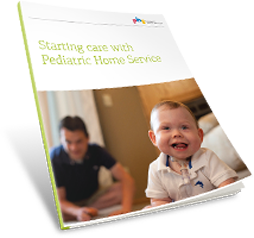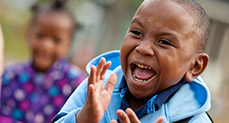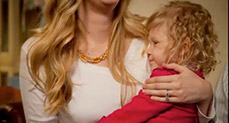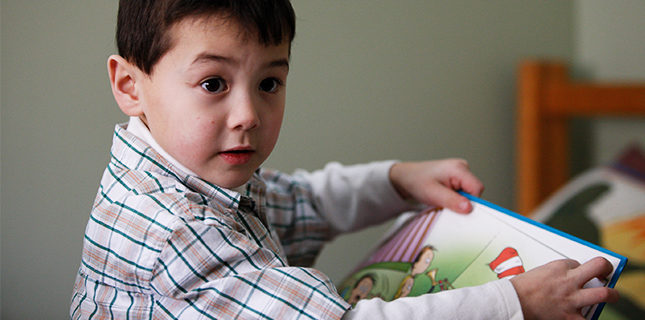If you have a child with medical needs who doesn’t require home care nursing but does need assistance with activities and healthcare needs throughout the day, they may qualify for a personal care assistant. A personal care assistant helps people with day-to-day activities in their home and community.
While PHS doesn’t offer PCA services, we know some of our patients do benefit from these caregivers so we wanted to share information including the different types, questions to keep in mind as you’re choosing an agency, and what personal care assistants typically do and do not do.
You can find a local PCA agency at MinnesotaHelp.Info, which allows you to search and filter results by at-home services, location, type of service, payment type, and more.



